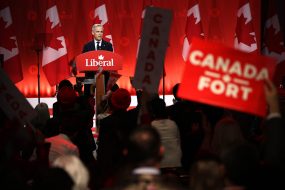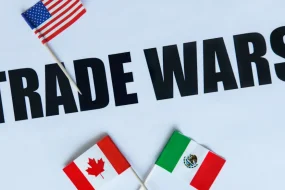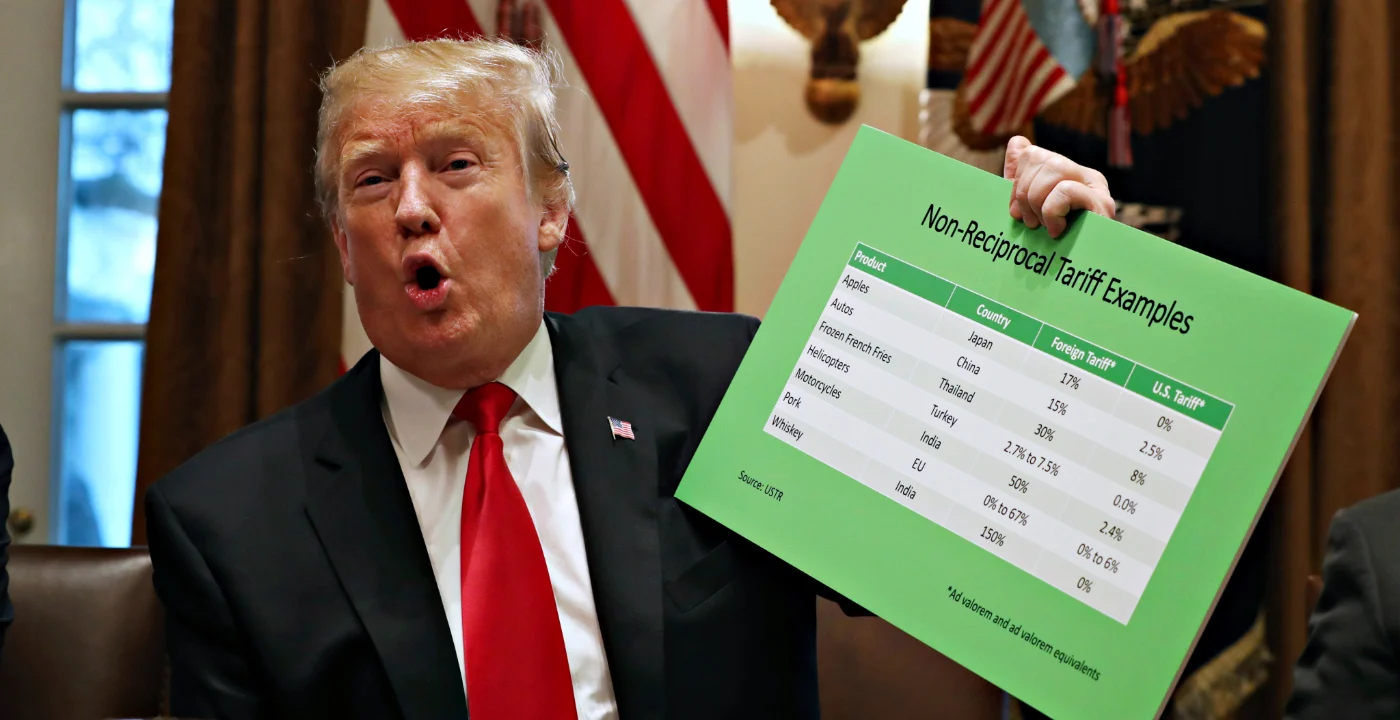
Donald Trump has unveiled plans for massive tariffs on imports from China, Mexico, and Canada, sparking heated debate over their potential economic and political fallout. This move, reminiscent of his “America First” policies, seeks to shield U.S. industries while addressing trade deficits and global competition.
The Numbers Behind the Drama
- 60% Tariff on Chinese Goods: Aimed at pressuring Beijing amid ongoing tensions.
- 100% Tariffs on Mexican Imports: Targeting companies like John Deere for outsourcing jobs.
- 20% Tariff on Global Imports: Designed to bolster domestic manufacturing.
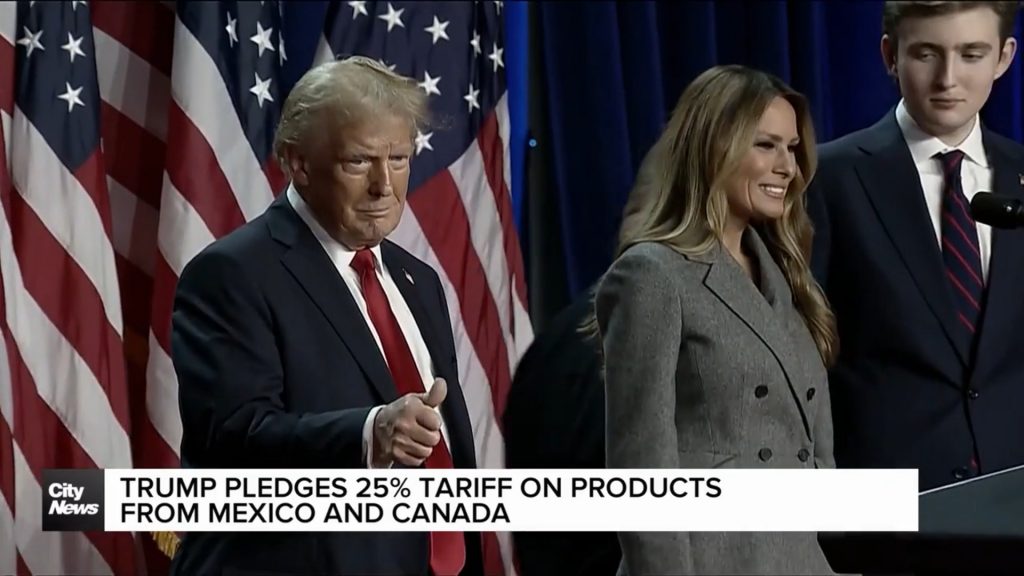
Critics argue these tariffs would escalate costs for American consumers, with estimates suggesting an additional $4,000 per year per household in expenses. Inflation could rise by 2%, and GDP may drop by 1% by 2026, according to the Peterson Institute for International Economics. Meanwhile, Trump supporters claim these measures are overdue, with one supporter from Ohio stating, “It’s about time someone stood up to China and brought jobs home.”
What’s at Stake?
For Mexico and Canada, the proposed tariffs challenge the spirit of the USMCA agreement, which was touted as a win for North American trade under Trump’s presidency. Retaliatory tariffs could harm U.S. agriculture and manufacturing exports, a painful déjà vu for industries hit hard during the 2018 trade war.
China, which bore the brunt of earlier tariffs, may retaliate with similar measures or restrict access to rare earth materials critical for tech industries. One Beijing-based analyst quipped, “Trump’s trade policies seem designed for a wrestling match, not a chess game.”
Politics vs. Economics
While economists largely oppose the plan, Trump’s base appears energized. Many view the tariffs as a stand against globalization and unfair trade practices. A Michigan voter said, “Sure, things might cost more, but it’s worth it to rebuild American factories.”
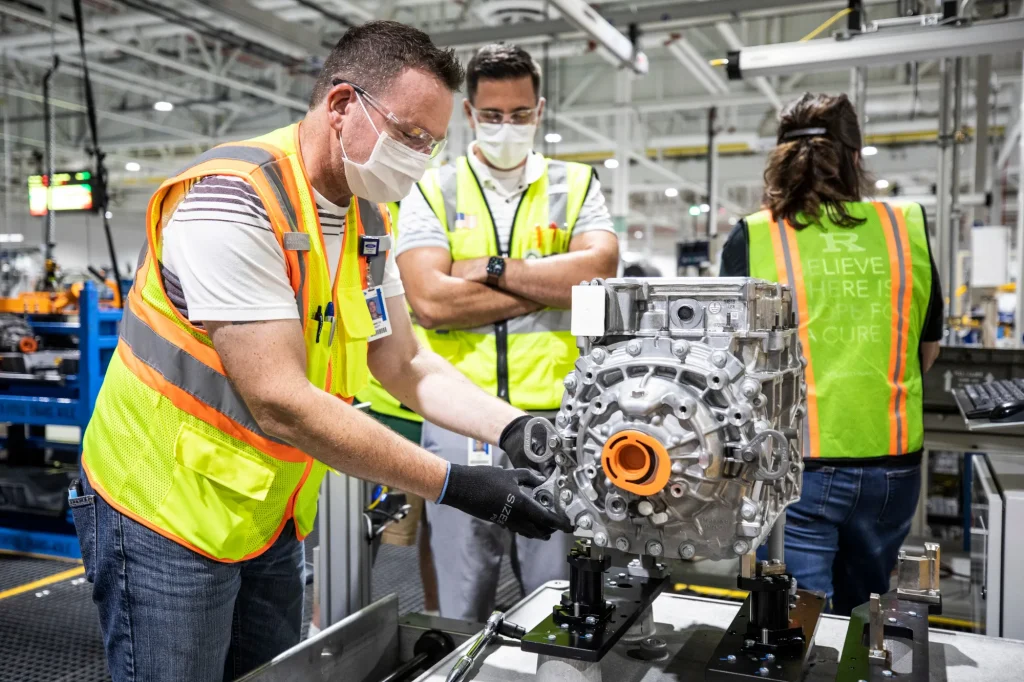
Economists, however, warn of long-term damage. In 2018, tariffs on steel and aluminum resulted in minimal job gains but significant price hikes. A study found U.S. companies and consumers bore over 90% of tariff costs.
The Bigger Picture
This tariff announcement comes amid a contentious election season. Trump’s rivals, including Vice President Kamala Harris, criticize the plan as impractical. Harris commented, “We need real solutions, not recycled failures.”
Still, Trump’s latest proposal taps into deep economic anxieties. Whether this strategy will lead to a booming economy or an international trade war remains to be seen. As one social media user commented, “Tariffs are like a double-edged sword: sharp, risky, and only useful if wielded right.”











